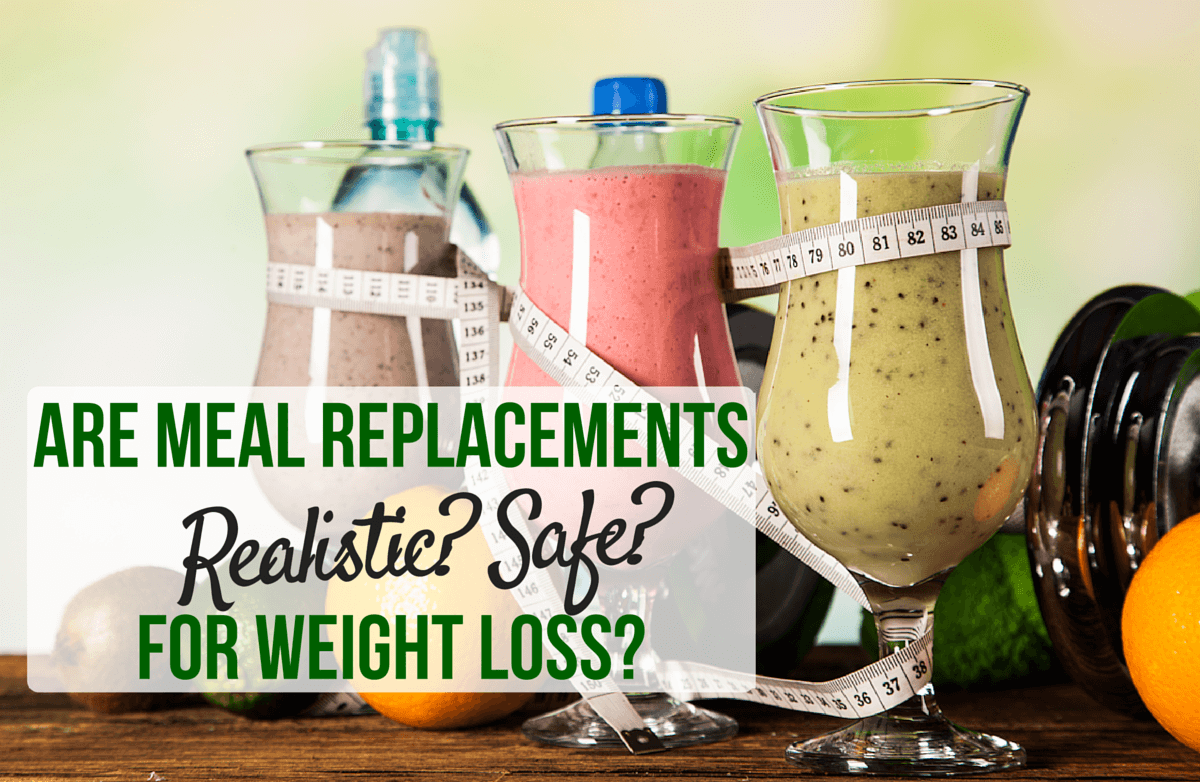|
In some individuals, foods, medications, latex or insect stings cause an immune response. More than 170 food or food additives have been found to cause allergic reactions. However, over ninety percent of those responses come from eight common food types: milk, eggs, peanuts, tree nuts (such as almonds, cashews, walnuts, and pecans), fish, shellfish, soy, and wheat. After eating one of these foods, people may experience a variety of allergic responses from a mild reaction such as a tingling sensation to a more severe anaphylactic response. There is currently no cure for food allergies, only avoiding the offending food or additive or managing resulting symptoms. Allergies to milk, egg, soy, and wheat are often outgrown, but allergies to peanuts and tree nuts tend to persist throughout life. It is also not uncommon for people with food allergies to also have other diseases like asthma, eczema, or eosinophilic esophagitis (EoE) as well. According to the Center for Disease Control and Prevention, there were about three million children under the age of 18 with reported food allergies in 2007 which is an 18 percent increase from a decade before. That means one out of every 100 children had a food allergy of one type or another. Although food allergies are more common in children, one in 25 adults suffers with a food allergy as well. Since people do not live in a vacuum, an entire family is likely to be affected in one way or another when someone in the house has a food allergy. Because of this, allergy awareness has continued to rise over the last decade making it a subject of increased public concern. Without a clear set of clinical guidelines, there can be wide inconsistency in allergy diagnosis and treatment. This is especially true when such a wide variety of medical professionals and specialists are managing allergies. Last week the National Institute for Allergy and Infectious Disease issued the first ever Guidelines for the Diagnosis and Management of Food Allergy in the United States. The new guidelines provide 43 specific clinical recommendations for diagnosis and food allergy management for healthcare professionals. Although the new guidelines are not protocols for diagnosis, more than likely they will serve as a guide to clinical practice and for public educational material development. What Happens A food allergy is caused by an abnormal immune response. There can be several different immune responses but the most common is the production of the immunoglobulin E (IgE) antibody to specific molecules in the food. A person doesn't experience an allergic response with the first exposure to a food. Unfortunately, knowing when a first exposure occurs is not always easy but the first exposure triggers the body to produce IgE antibodies. The next exposure to the food (allergen) causes a response that can range from mild to severe when antibodies are released to attack the allergen. If there is a family history of allergies, there is typically a greater allergy risk. A child with two parents with allergies of any type is more likely to develop a food allergy than a child that only has one parent with allergies. Allergy or Intolerance Sometimes a response to a food or additive is related to intolerance instead of an actual allergy. This is very common with cow's milk. Milk sugar known as lactose requires the enzyme lactase to break it down for digestion. Intolerance to milk comes when lactase is missing. While undesirable symptoms occur, it is not the same as an IgE allergic response, which tends to be related to the protein of the milk. Flavor enhancers like MSG, sulfite preservatives, and gluten also tend to cause intolerance responses more than IgE antibody responses. Oral Allergy Syndrome (OAS) is an allergic response to raw fruits and vegetables. It is common in people that also suffer with hay fever especially when they are sensitive to birch and ragweed pollen. Foods such as apples, cherries, kiwis, celery, tomatoes, and green peppers can cause tingling or swelling in the lips, tongue, or mouth as well as watery eyes, runny nose, and sneezing. Cooking or processing the offending fruits or vegetables can break down the proteins that are causing the response and may allow those foods to safely be consumed. It is important to distinguish between foods that are not tolerated compared to those that actually cause an antibody response. When foods are not tolerated, they can cause very uncomfortable symptoms that can only be avoided by limiting or omit them from the diet. When foods are eaten that cause an increase in IgE antibody, those antibodies can lead to increasing allergic response that could build to anaphylaxis. The more the exposure to allergens the more risk of increased antibodies and physical responses that could lead to restrictive breathing and altered blood circulation that can become life threatening. Allergy Diagnosis When an allergy is suspected, it is important to consult your health care professional for complete medical advice. The new guidelines suggest that blood and skin tests once conducted first and thought to be the standard for identifying food allergies may not be sufficient diagnostic tools.The reason is that it may be identifying people that "could" react to a food instead of those that do. This causes people to avoid foods and follow a restrictive eating plan that may not be necessary. Here are the recommended steps for a reliable food allergy diagnosis.
Food allergies have increased in prevalence for children and adults, which have caused them to become a concern of public health. A set of guidelines has been developed to help health care professionals and individuals diagnose food allergies. If you or someone you know experiences undesirable symptoms after eating a specific food, seek medical attention to help distinguish between non-allergic responses from food intolerances and life threatening IgE antibody producing allergies. Do you think these new guidelines will be helpful in identifying and managing food allergies? |
Popular EntriesMore From SparkPeople
|















